It is difficult to overestimate the value of electricity. Rather, we subconsciously underestimate it. After all, almost all of the equipment around us is powered by the mains. There is no need to talk about elementary lighting. But we are practically not interested in the production of electricity. Where does it come from and how is electricity saved (and in general, is it possible to save)? How much does power generation really cost? And how safe is it for the environment?
Economic value
From the school bench, we know that electric power is one of the main factors for obtaining high labor productivity. Electricity is the core of all human activity. There is no industry that could do without it.
The development of this industry indicates the high competitiveness of the state, characterizes the growth rate of production of goods and services and almost always turns out to be a problem sector of the economy. The costs of generating electricity often add up to significant upfront investments that will pay off over many years. Despite all its resources, Russia is no exception. Indeed, a significant share of the economy is made up of energy-intensive industries.
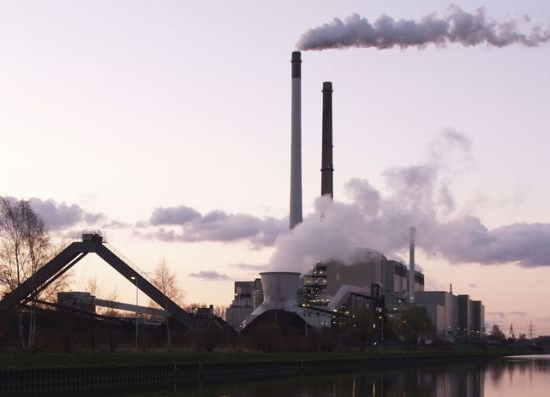
Statistics tell us that in 2014, the production of electricity by Russia has not yet reached the level of the Soviet 1990. Compared to China and the USA, the Russian Federation produces - respectively - 5 and 4 times less electricity. Why it happens? Experts argue that this is obvious: the highest non-manufacturing costs.
Who consumes electricity
Of course, the answer is obvious: everyone. But now we are interested in the industrial scale, which means those sectors that primarily need electricity. The main share falls on industry - about 36%; Fuel and energy complex (18%) and residential sector (slightly more than 15%). The remaining 31% of the generated electricity comes from non-manufacturing sectors, rail transport and network losses.
It should be borne in mind that, depending on the region, the structure of consumption changes significantly. So, in Siberia, indeed, more than 60% of electricity is used by industry and the fuel and energy complex. But in the European part of the country, where more settlements are located, the residential sector is the most powerful consumer.
Power plants are the foundation of the industry
Electricity production in Russia is provided by nearly 600 power plants. The power of each exceeds 5 MW. The total capacity of all power plants is 218 GW. How do we get electricity? In Russia, the following types of power plants are used:
- thermal (their share in the total production volume is about 68.5%);
- hydraulic (20.3%);
- atomic (almost 11%);
- alternative (0.2%).
When it comes to alternative sources of electricity, romance pictures with windmills and solar panels come to mind. However, in certain conditions and localities these are the most profitable types of electricity production.
Thermal Power Plants
Historically, thermal power plants (TPPs) occupy a major place in the production process. On the territory of Russia, TPPs generating electricity are classified according to the following criteria:
- energy source - fossil fuels, geothermal or solar energy;
- type of generated energy - heating, condensation.
Another important indicator is the degree of participation in the coverage of the electrical load schedule.Basic thermal power plants with a minimum usage time of 5000 hours per year are distinguished here; semi-peak (they are also called maneuverable) - 3000-4000 hours per year; peak (used only during peak hours) - 1500-2000 hours per year.
Technology for the production of energy from fuel
Of course, mainly the production, transmission and use of electricity by consumers occurs at the expense of TPPs operating on fossil fuels. They are distinguished by production technology:
- steam turbine;
- diesel;
- gas turbine;
- combined-cycle.
Steam turbine plants are the most common. They work on all types of fuel, including not only coal and gas, but also fuel oil, peat, shale, firewood and wood waste, as well as processed products.
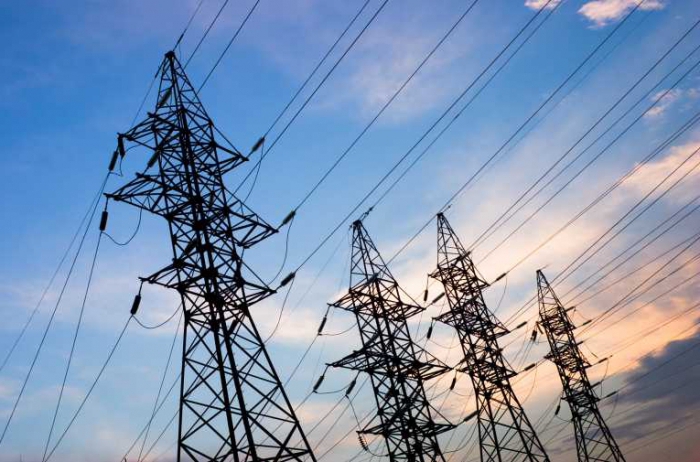
Fossil fuels
The largest volume of production Electricity falls on Surgutskaya GRES-2, the most powerful not only in the territory of the Russian Federation, but also throughout the Eurasian continent. Working on natural gas, it generates up to 5600 MW of electricity. And of the coal, Reftinskaya State District Power Plant has the largest capacity - 3800 MW. More than 3,000 MW can be provided by the Kostroma and Surgut GRES-1. It should be noted that the abbreviation GRES has not changed since the Soviet Union. It stands for State District Power Station.
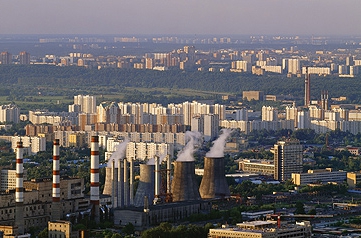
During the reform of the industry, the production and distribution of electricity at thermal power plants should be accompanied by the technical re-equipment of existing stations and their reconstruction. Also among the priorities is the construction of new energy-generating capacities.
Renewable electricity
Electricity generated by hydropower plants is an essential element in the stability of the state’s unified energy system. It is hydropower plants that can increase electricity production in a matter of hours.
The great potential of the Russian hydropower industry lies in the fact that almost 9% of the world's water reserves are located in the country. This is the second largest water resource in the world. Countries such as Brazil, Canada, and the United States are left behind. Electricity production in the world due to hydroelectric power plants is somewhat complicated by the fact that the most favorable places for their construction are significantly removed from settlements or industrial enterprises.
Nevertheless, thanks to the electricity generated at the hydroelectric power station, the country manages to save about 50 million tons of fuel. If it could manage to harness the full potential of hydropower, Russia could save up to 250 million tons. And this is a serious investment in the country's ecology and the flexible power of the energy system.
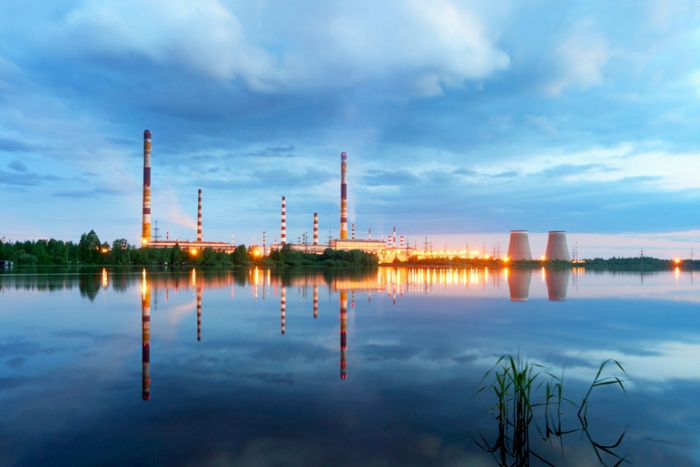
Hydro stations
The construction of a hydropower plant solves many issues not related to energy generation. This includes the creation of water supply and sanitation systems for entire regions, and the construction of irrigation networks, which are so necessary for agriculture, and flood control, etc. The latter, by the way, is of no small importance for the safety of people.
Electricity production, transmission and distribution is currently being carried out at 102 hydroelectric power stations, the unit capacity of which exceeds 100 MW. The total capacity of Russian hydropower plants is approaching 46 GW.
Electricity producing countries regularly compile their ratings. So, Russia now occupies the 5th place in the world in the generation of electricity from renewable resources. The most significant objects should be considered the Zeya hydroelectric power station (it is not only the first one built in the Far East, but also quite powerful - 1330 MW), a cascade of Volga-Kama power plants (total production and transmission of electricity is more than 10.5 GW), Bureyskaya hydroelectric power station ( 2010 MW), etc. Separately, I want to note the Caucasus Hydroelectric Power Station. Of the dozens of employees in this region, the most prominent is the new (already put into operation) Kashhatau hydroelectric power station with a capacity of more than 65 MW.
The geothermal hydropower plants of Kamchatka deserve special attention. These are very powerful and mobile stations.
The most powerful hydropower plants
As already noted, the production and use of electricity is hampered by the remoteness of the main consumers. However, the state is busy developing this industry. Not only existing ones are being reconstructed, but also new hydroelectric power stations are being built. They must master the mountain rivers of the Caucasus, the high-water Ural rivers, as well as the resources of the Kola Peninsula and Kamchatka. Among the most powerful, we note several hydroelectric power stations.
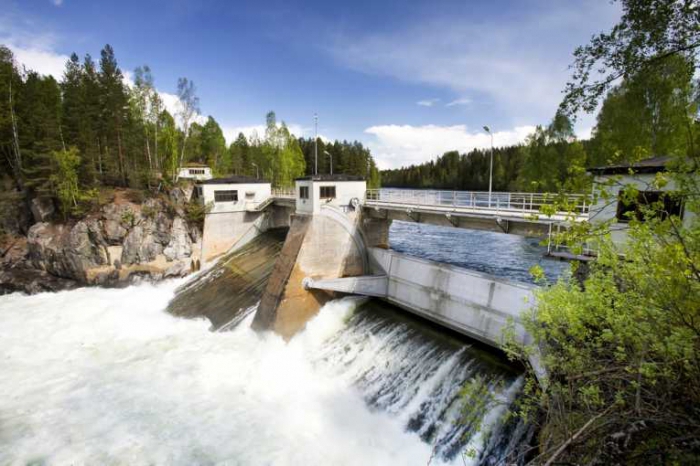
Sayano-Shushenskaya them. P. S. Neporozhny was built in 1985 on the Yenisei River. Its current capacity has not yet reached the estimated 6,000 MW in connection with the reconstruction and repair after the 2009 accident.
Electricity production and consumption at the Krasnoyarsk hydroelectric station is designed for the Krasnoyarsk aluminum smelter. This is the only "client" of the hydroelectric power station commissioned in 1972. Its rated capacity is 6,000 MW. The Krasnoyarsk hydroelectric station is the only one on which the ship elevator is installed. It provides regular navigation on the Yenisei River.
The Bratsk Hydroelectric Power Station was commissioned back in 1967. Its dam overlaps the Angara River near the city of Bratsk. Like the Krasnoyarsk hydroelectric station, Bratskaya works for the needs of the Bratsk aluminum plant. He leaves all 4500 MW of electricity. And the poet Yevtushenko dedicated a poem to this hydroelectric station.
On the Angara River there is another hydroelectric station - Ust-Ilimskaya (capacity slightly over 3800 MW). Its construction began in 1963, and ended in 1979. Then the production of cheap electricity for the main consumers began: the Irkutsk and Bratsk aluminum plants, the Irkutsk aircraft factory.
Volzhskaya hydroelectric power station is located north of Volgograd. Its capacity is almost 2600 MW. This largest hydroelectric power station in Europe has been operating since 1961. Not far from Togliatti, the “oldest” of the largest hydroelectric power stations, Zhigulevskaya, functions. It was commissioned in 1957. The capacity of the hydroelectric power station of 2330 MW covers the electricity needs of the central part of Russia, the Urals and the Middle Volga.
But the production of electricity necessary for the needs of the Far East is provided by the Bureyskaya HPP. We can say that she is still quite “young” - commissioning took place only in 2002. The installed capacity of this hydroelectric station is 2010 MW of electricity.
Experimental Marine Hydroelectric Power Station
Multiple oceanic and sea bays also have hydropower potential. Indeed, the height difference during high tide in most of them exceeds 10 meters. And this means that you can generate a huge amount of energy. In 1968, the Kislogubskaya experimental tidal station was opened. Its capacity is 1.7 MW.
Peaceful atom
Russian nuclear energy is a full-cycle technology: from uranium ore mining to electricity generation. Today, 33 power units at 10 nuclear power plants operate in the country. The total installed capacity is slightly more than 23 MW.
The maximum amount of nuclear power was generated in 2011. The figure was 173 billion kW / h. Nuclear power production per capita increased by 1.5% compared to the previous year.
Of course, the priority area for the development of nuclear energy is operational safety. But in the fight against global warming, nuclear power plants play a significant role. Ecologists constantly say this, who emphasize that only in Russia is it possible to reduce carbon dioxide emissions into the atmosphere by 210 million tons per year.
Nuclear power was developed mainly in the Northwest and in the European part of Russia. In 2012, all nuclear power plants generated about 17% of all electricity generated.
Nuclear power plants of Russia
The largest nuclear power plant in Russia is located in the Saratov region. The annual capacity of the Balakovo NPP is 30 billion kWh of electricity. At the Beloyarsk NPP (Sverdlovsk Region), only the 3rd unit is currently operating. But even this allows us to call it one of the most powerful. 600 MW of electric power is received thanks to the fast neutron reactor.It should be noted that this was the first fast neutron power unit in the world installed to produce electricity on an industrial scale.
Bilibino NPP is installed in Chukotka, which generates 12 MW of electricity. And Kalinin NPP can be considered recently built. Its first unit was commissioned in 1984, and the last (fourth) only in 2010. The total capacity of all power units is 1000 MW. In 2001, the Rostov NPP was built and commissioned. Since the second power unit was connected in 2010, its installed capacity exceeded 1000 MW, and the capacity utilization ratio amounted to 92.4%.
Wind energy
The economic potential of wind energy in Russia is estimated at 260 billion kW / h per year. This is almost 30% of all electricity produced today. The capacity of all wind turbines operating in the country is 16.5 MW of energy.
Regions such as the oceans, foothills and mountains of the Urals and the Caucasus are especially favorable for the development of this industry.








